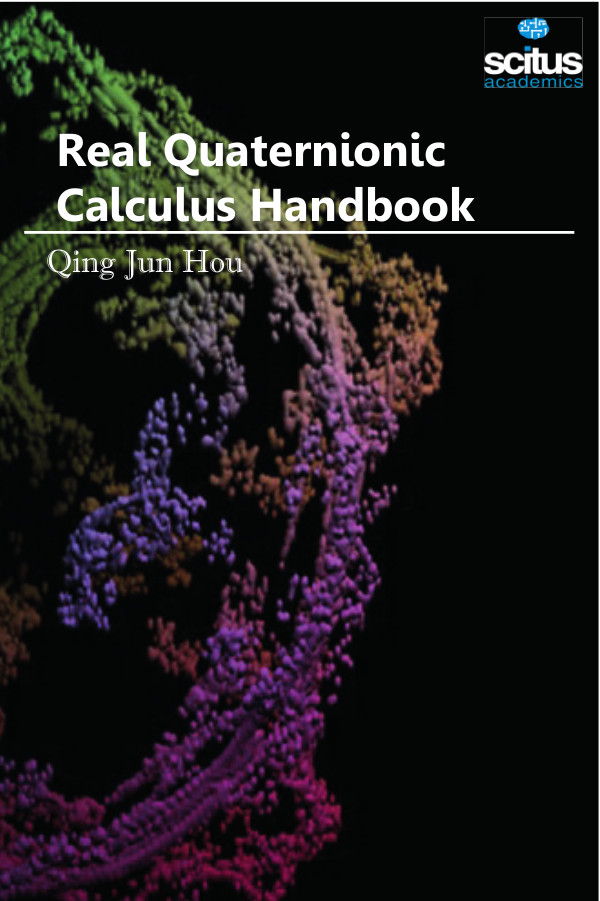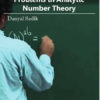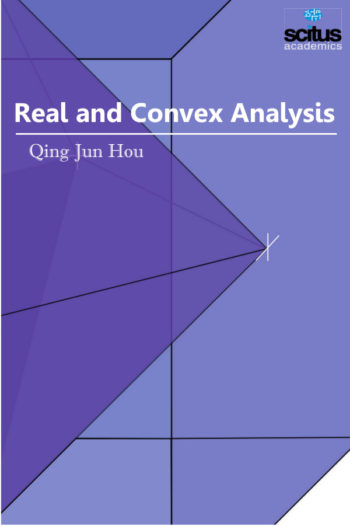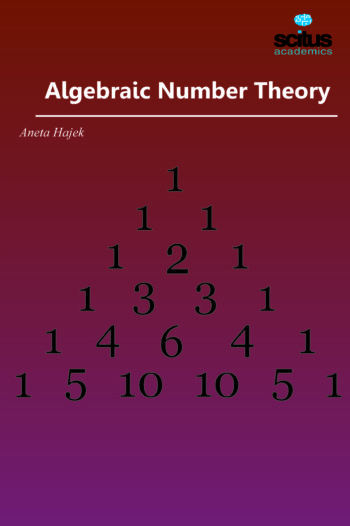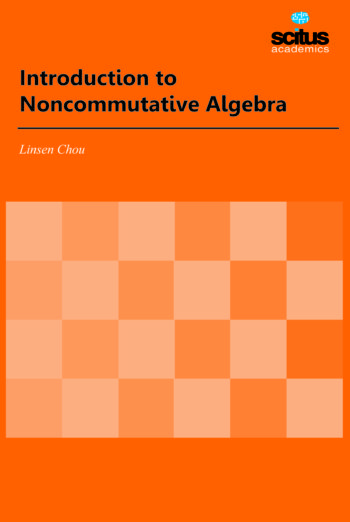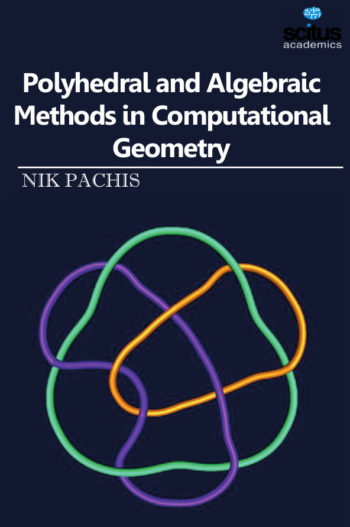A quaternion is a four-element vector that can be used to encode any rotation in a 3D coordinate system. Technically, a quaternion is composed of one real element and three complex elements, and it can be used for much more than rotations. Quaternions provide an alternative measurement technique that does not suffer from gimbal lock. Quaternions are less intuitive than Euler Angles and the math can be a little more complicated. Quaternions find uses in both theoretical and applied mathematics, in particular for calculations involving threedimensional rotations such as in three-dimensional computer graphics, computer vision and crystallographic texture analysis. In practical applications, they can be used alongside other methods, such as Euler angles and rotation matrices, or as an alternative to them, depending on the application. In modern mathematical language, quaternions form a four-dimensional associative normed division algebra over the real numbers, and therefore also a domain.
Real Quaternionic Calculus Handbook is a comprehensive guide aims to describe phenomena in special relativity, electrodynamics, spin etc., it has developed into a body of material that relates with many branches of mathematics, such as complex analysis, harmonic analysis, differential geometry, and differential equations.

